Home>Furniture & Design>Bathroom Accessories>How Long To Boil A Toothbrush To Disinfect It
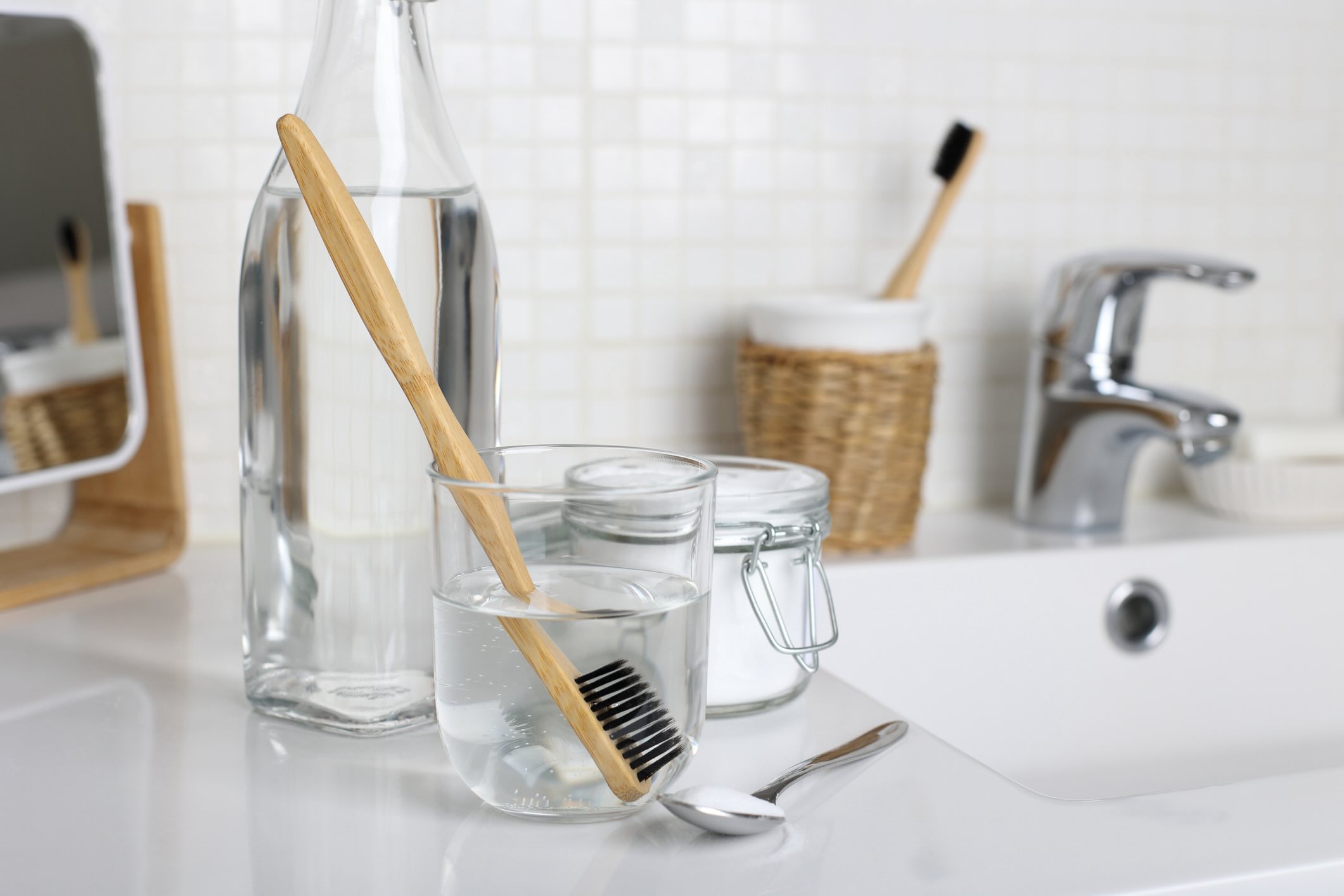

Bathroom Accessories
How Long To Boil A Toothbrush To Disinfect It
Modified: February 26, 2024
Learn the best way to disinfect your bathroom accessories. Find out how long to boil a toothbrush for effective sterilization. Keep your bathroom clean and safe.
(Many of the links in this article redirect to a specific reviewed product. Your purchase of these products through affiliate links helps to generate commission for Storables.com, at no extra cost. Learn more)
Introduction
Disinfecting personal items, such as toothbrushes, is a crucial aspect of maintaining good hygiene and preventing the spread of harmful bacteria and viruses. While there are various methods for disinfecting toothbrushes, boiling is a simple and effective approach that many people rely on. In this article, we will explore the process of boiling a toothbrush to disinfect it, including the reasons for doing so and the recommended duration for achieving optimal results. Additionally, we will provide valuable tips to ensure that your toothbrush remains clean and safe for everyday use.
Maintaining oral hygiene is not only essential for a sparkling smile but also for overall health. A clean toothbrush is a fundamental tool in this endeavor, as it helps to eliminate harmful bacteria and prevent oral infections. By understanding the significance of proper toothbrush hygiene and the benefits of boiling as a disinfection method, individuals can take proactive steps to safeguard their oral health and well-being.
Boiling a toothbrush is a straightforward and cost-effective method that can be easily incorporated into one's daily routine. By delving into the details of this process, we aim to equip readers with the knowledge and confidence to effectively disinfect their toothbrushes, thereby promoting a healthier oral care regimen. Let's explore the rationale behind boiling a toothbrush and the recommended duration for achieving optimal disinfection results.
Key Takeaways:
- Boiling a toothbrush for 3-5 minutes effectively disinfects it, keeping harmful bacteria at bay and ensuring a safe and reliable tool for oral hygiene.
- Simple practices like regular replacement, thorough rinsing, and proper air drying further enhance toothbrush hygiene, promoting a cleaner and safer oral care routine.
Read more: How To Disinfect A Toothbrush
Why Boil a Toothbrush?
Boiling a toothbrush is a highly effective method for disinfection due to its ability to kill a wide range of bacteria, viruses, and other pathogens that may accumulate on the bristles. The hot water used in the boiling process serves as a powerful sterilizing agent, capable of eliminating potentially harmful microorganisms that could compromise oral health. This method is particularly beneficial for individuals who may have compromised immune systems or those who have been ill, as it provides an extra layer of protection against the spread of germs.
Furthermore, boiling a toothbrush is a convenient and accessible approach to disinfection. Unlike some specialized disinfection methods that require additional products or equipment, boiling only necessitates access to a stove or microwave and a pot or container suitable for the process. This simplicity makes it an attractive option for individuals seeking a straightforward and cost-effective means of maintaining oral hygiene.
In addition to its efficacy and convenience, boiling a toothbrush can also help to extend the lifespan of the toothbrush itself. By regularly disinfecting the bristles through boiling, individuals can potentially reduce the risk of premature wear and tear on the toothbrush, thereby maximizing its utility and ensuring that it remains a reliable tool for oral care.
Moreover, the act of boiling a toothbrush can provide peace of mind, knowing that it has undergone a thorough and intensive disinfection process. This can be particularly reassuring for individuals who are meticulous about hygiene and seek to minimize the presence of harmful microorganisms in their immediate environment.
Overall, the decision to boil a toothbrush for disinfection purposes is rooted in its effectiveness, accessibility, potential for extending the toothbrush's lifespan, and the peace of mind it offers. By understanding the rationale behind this method, individuals can make informed choices regarding their oral hygiene practices, ultimately contributing to a healthier and more hygienic lifestyle.
How Long to Boil a Toothbrush
Boiling a toothbrush is a simple yet effective method for disinfection. The process involves submerging the toothbrush in boiling water to eliminate potentially harmful bacteria, viruses, and other pathogens that may have accumulated on the bristles. The duration for boiling a toothbrush to achieve optimal disinfection results is a critical consideration. While it may seem intuitive to boil the toothbrush for an extended period to ensure thorough disinfection, it is important to strike a balance to avoid damaging the toothbrush or compromising its structural integrity.
The recommended duration for boiling a toothbrush typically ranges from 3 to 5 minutes. This timeframe is sufficient to harness the sterilizing power of boiling water without subjecting the toothbrush to excessive heat that could potentially cause damage. By adhering to this timeframe, individuals can effectively eliminate a wide array of microorganisms that may pose a risk to oral health, thereby ensuring that the toothbrush remains a safe and reliable tool for daily use.
It is important to note that the duration for boiling a toothbrush may vary based on specific circumstances. For instance, individuals who have been ill or have compromised immune systems may opt for a slightly longer boiling duration to provide an added layer of disinfection. Additionally, if the toothbrush has been exposed to particularly unsanitary conditions or has been used by multiple individuals, a longer boiling duration may be warranted to thoroughly sanitize the bristles.
While the boiling duration is a crucial factor in the disinfection process, it is equally important to handle the toothbrush with care during and after boiling. After the recommended boiling duration has elapsed, the toothbrush should be carefully removed from the hot water and allowed to cool before use. This precaution helps to prevent potential burns and ensures that the toothbrush remains in optimal condition for continued use.
By adhering to the recommended boiling duration and exercising caution during the process, individuals can effectively harness the disinfection benefits of boiling without compromising the integrity of the toothbrush. This approach enables individuals to maintain a high standard of oral hygiene while prolonging the lifespan of their toothbrushes, ultimately contributing to a healthier and more hygienic oral care regimen.
Boil the toothbrush for 3-5 minutes to effectively disinfect it. Make sure to use a pot with enough water to fully submerge the toothbrush.
Tips for Disinfecting a Toothbrush
-
Replace Regularly: It is advisable to replace toothbrushes every 3 to 4 months, or sooner if the bristles appear frayed or worn. Regular replacement helps to maintain optimal hygiene and ensures that the toothbrush remains effective in removing plaque and debris from the teeth and gums.
-
Rinse Thoroughly: After each use, thoroughly rinse the toothbrush under running water to remove any remaining toothpaste, food particles, and saliva. This simple practice helps to prevent the accumulation of debris and bacteria on the bristles, promoting a cleaner and more hygienic toothbrush.
-
Air Dry Properly: Allow the toothbrush to air dry in an upright position after each use. Placing the toothbrush in an open-air environment enables it to dry more effectively, reducing the likelihood of bacterial growth in moist conditions. Additionally, avoid covering the toothbrush or storing it in closed containers, as this can create a conducive environment for microbial proliferation.
-
Avoid Sharing: Refrain from sharing toothbrushes with others, as this can lead to the transfer of bacteria and viruses. Each individual should have their own designated toothbrush to minimize the risk of cross-contamination and maintain personal oral hygiene.
-
Consider UV Sanitizers: For individuals seeking an alternative disinfection method, UV sanitizers designed for toothbrushes can be a valuable investment. These devices utilize ultraviolet light to eliminate bacteria and viruses, providing an additional layer of disinfection beyond traditional cleaning methods.
-
Store Separately: If multiple toothbrushes are stored in close proximity, ensure that they are kept separate from one another to prevent cross-contact. This can be achieved by utilizing individual toothbrush holders or maintaining adequate spacing between toothbrushes to minimize the risk of microbial transfer.
-
Use Antibacterial Rinse: Consider using an antibacterial mouth rinse to soak the toothbrush bristles periodically. This practice can help to further reduce the presence of bacteria on the toothbrush, particularly in instances where individuals may have been ill or are seeking additional disinfection measures.
-
Monitor Environmental Conditions: Be mindful of the toothbrush's storage environment. Avoid placing it in close proximity to the toilet or sink, as flushing or splashing water can lead to the spread of bacteria onto the toothbrush. Additionally, store the toothbrush in a well-ventilated area to promote effective drying between uses.
By incorporating these tips into one's oral hygiene routine, individuals can enhance the effectiveness of toothbrush disinfection and promote a cleaner, safer, and more hygienic oral care regimen.
Conclusion
In conclusion, the process of boiling a toothbrush to disinfect it is a simple yet powerful method that offers numerous benefits for maintaining optimal oral hygiene. By understanding the rationale behind boiling a toothbrush, individuals can make informed decisions regarding their disinfection practices, ultimately contributing to a healthier and more hygienic lifestyle.
Boiling a toothbrush serves as an effective means of eliminating a wide range of bacteria, viruses, and other pathogens that may accumulate on the bristles. The sterilizing power of boiling water provides a thorough disinfection process, offering peace of mind and reassurance that the toothbrush is free from harmful microorganisms. This method is particularly valuable for individuals with compromised immune systems or those seeking an accessible and cost-effective approach to disinfection.
The recommended duration for boiling a toothbrush typically ranges from 3 to 5 minutes, striking a balance between thorough disinfection and preserving the integrity of the toothbrush. Adhering to this timeframe ensures that the toothbrush remains safe for everyday use while effectively eliminating potential sources of oral infections.
In addition to boiling, incorporating simple yet essential tips for toothbrush disinfection, such as regular replacement, thorough rinsing, proper air drying, and individual storage, further enhances the overall hygiene of the toothbrush. These practices contribute to a cleaner and safer oral care regimen, reducing the risk of bacterial proliferation and promoting long-term oral health.
By embracing the process of boiling a toothbrush and integrating best practices for toothbrush hygiene, individuals can cultivate a proactive approach to oral care. This proactive stance not only safeguards personal health but also contributes to a hygienic environment for those around them. Ultimately, the act of boiling a toothbrush symbolizes a commitment to maintaining a clean and healthy oral care routine, reflecting an individual's dedication to overall well-being.
In essence, the simple act of boiling a toothbrush transcends its physical process, embodying a conscientious effort to prioritize oral hygiene and health. By recognizing the significance of this practice and its impact on personal well-being, individuals can embark on a journey towards a cleaner, safer, and more hygienic oral care regimen, ultimately fostering a healthier lifestyle for themselves and those around them.
Frequently Asked Questions about How Long To Boil A Toothbrush To Disinfect It
Was this page helpful?
At Storables.com, we guarantee accurate and reliable information. Our content, validated by Expert Board Contributors, is crafted following stringent Editorial Policies. We're committed to providing you with well-researched, expert-backed insights for all your informational needs.
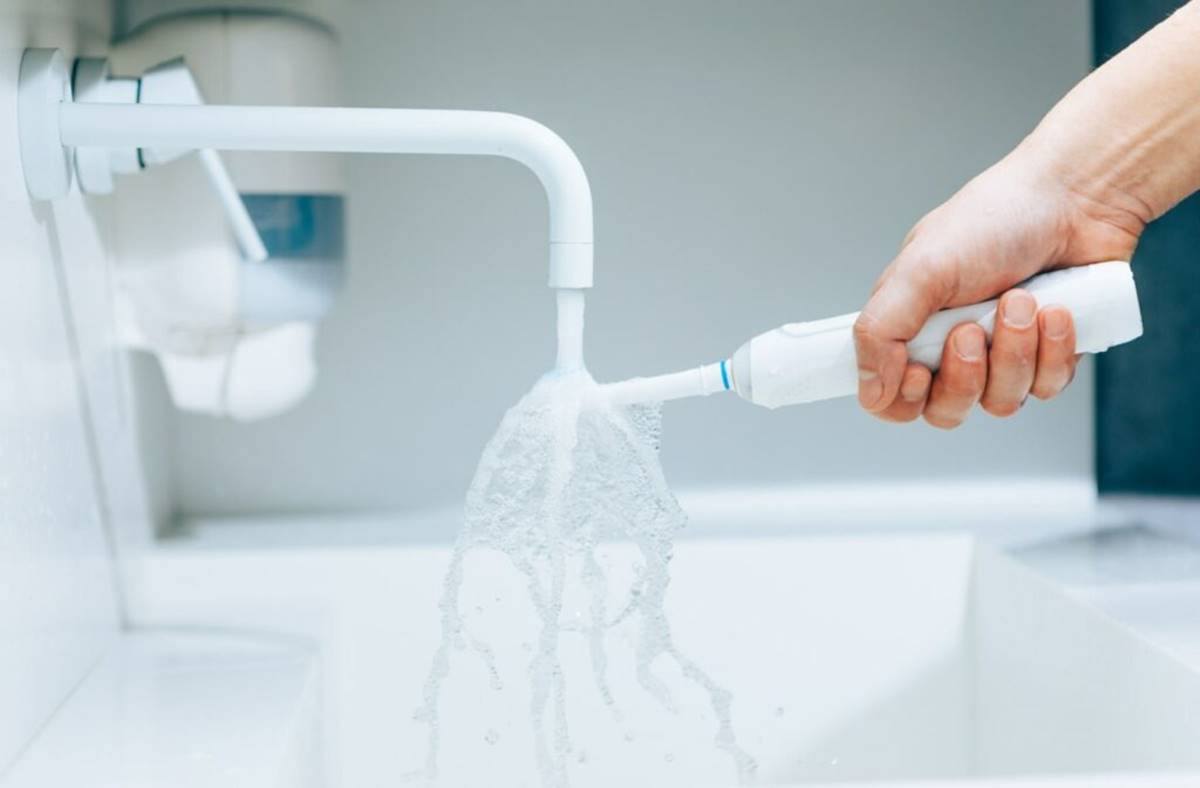
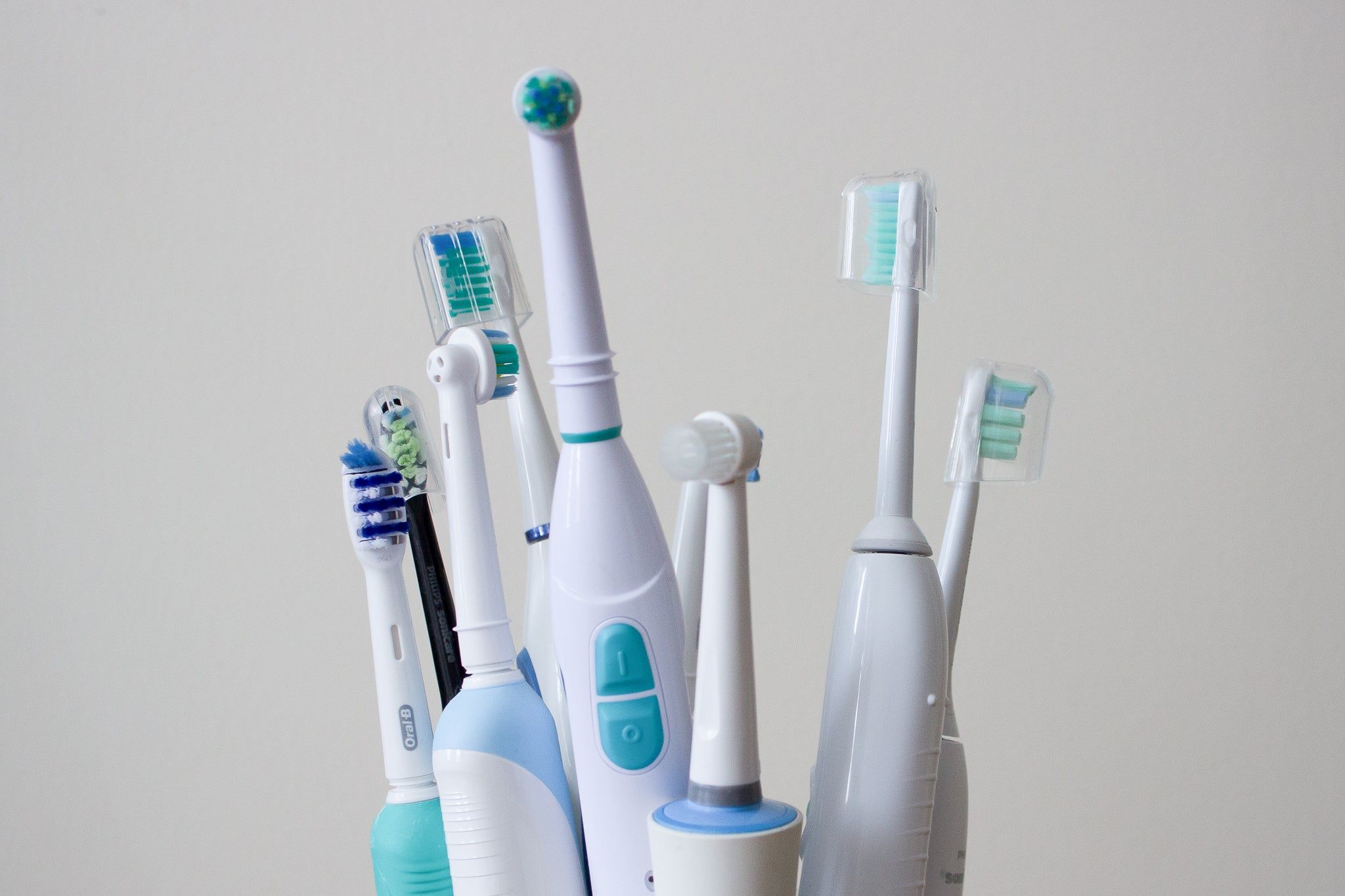
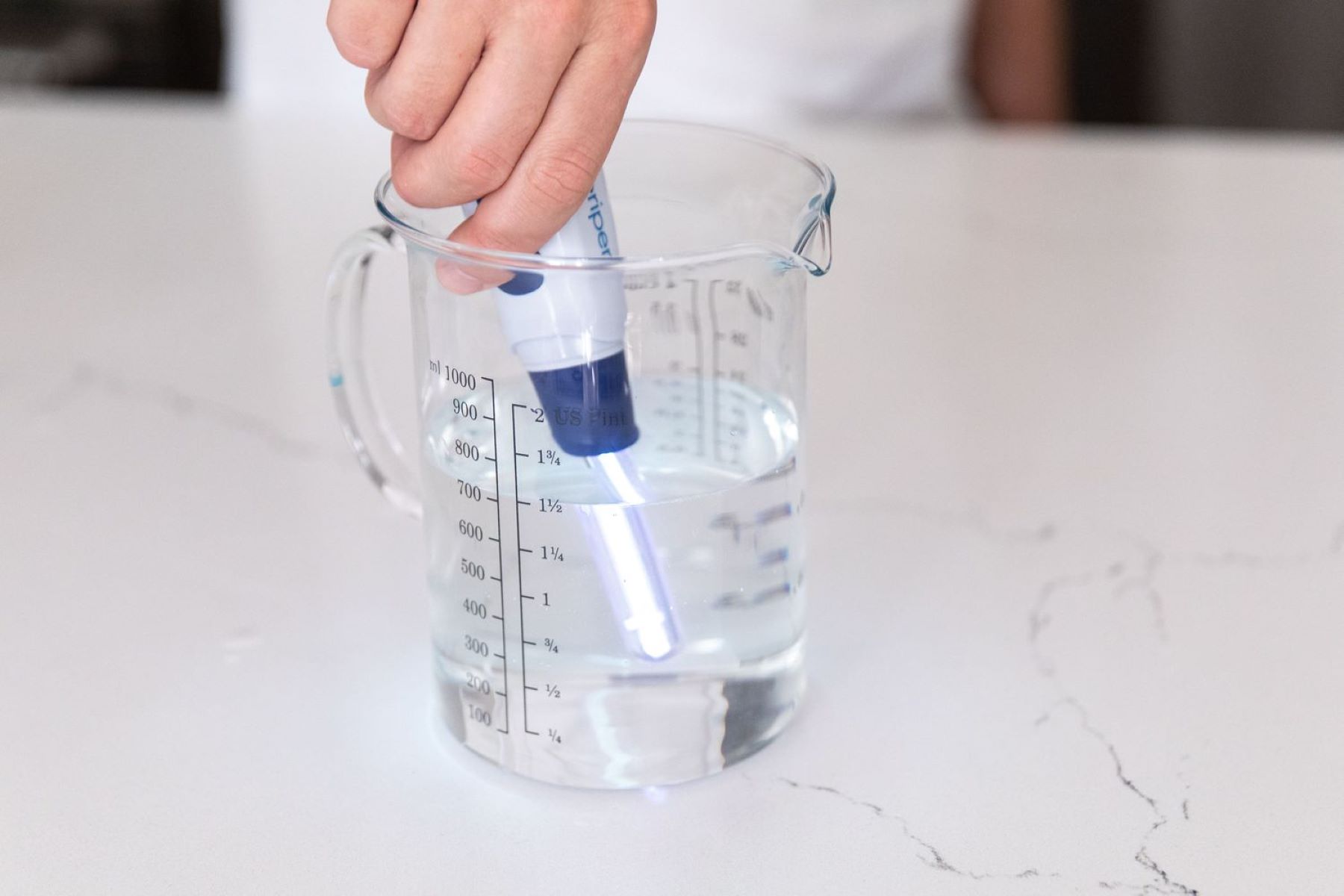



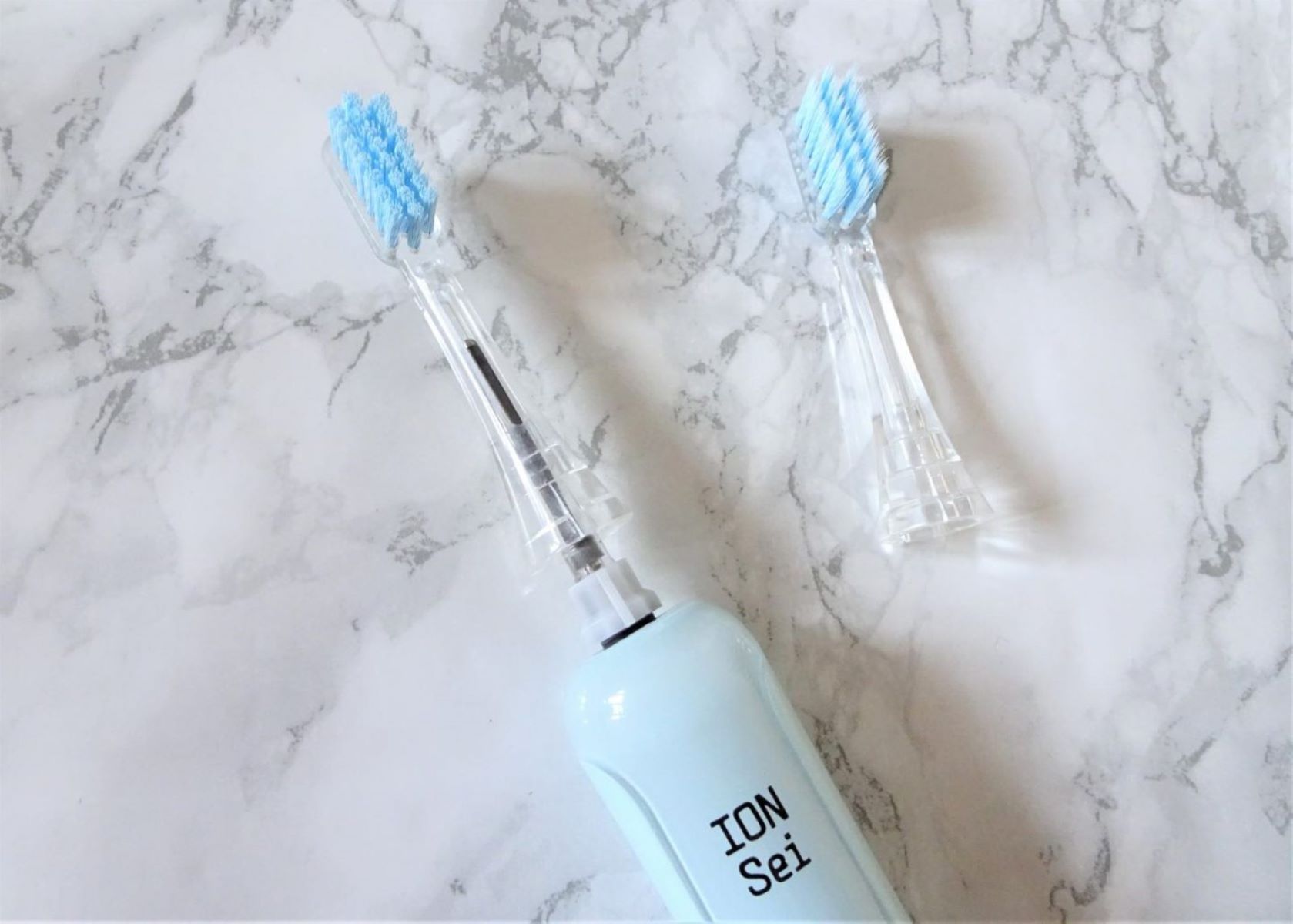
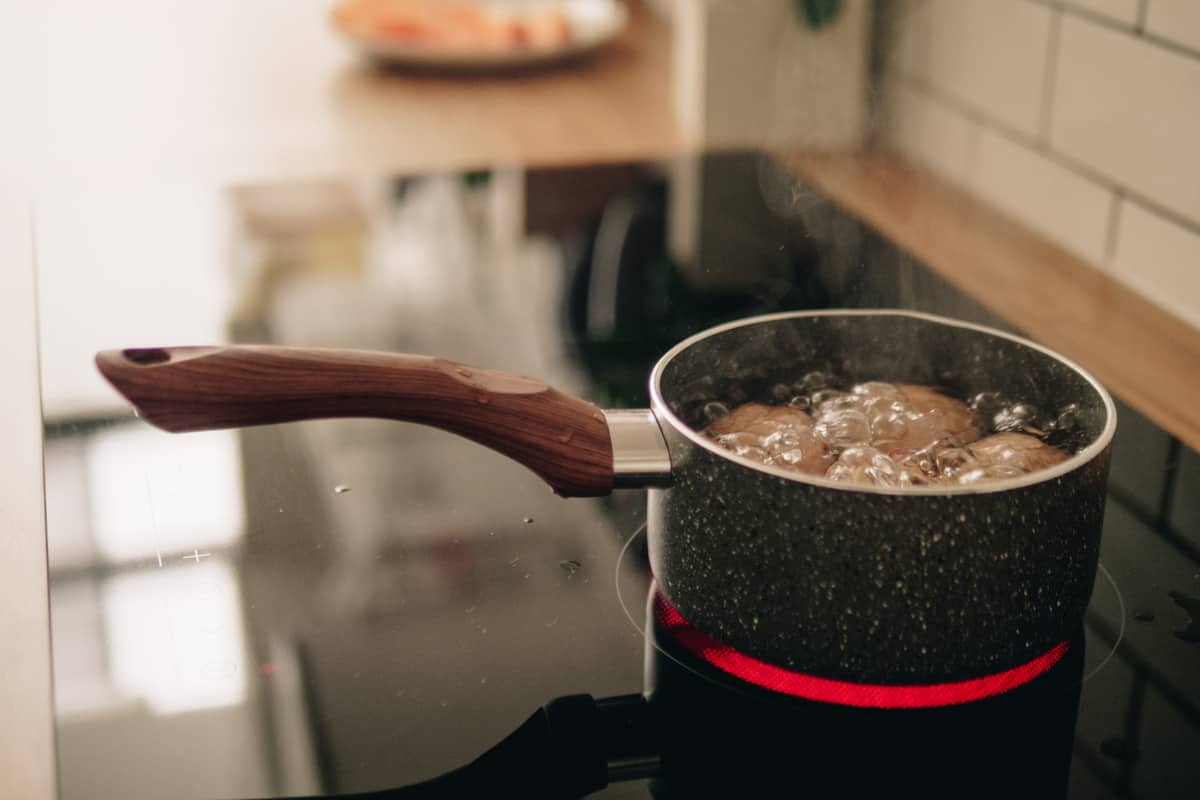


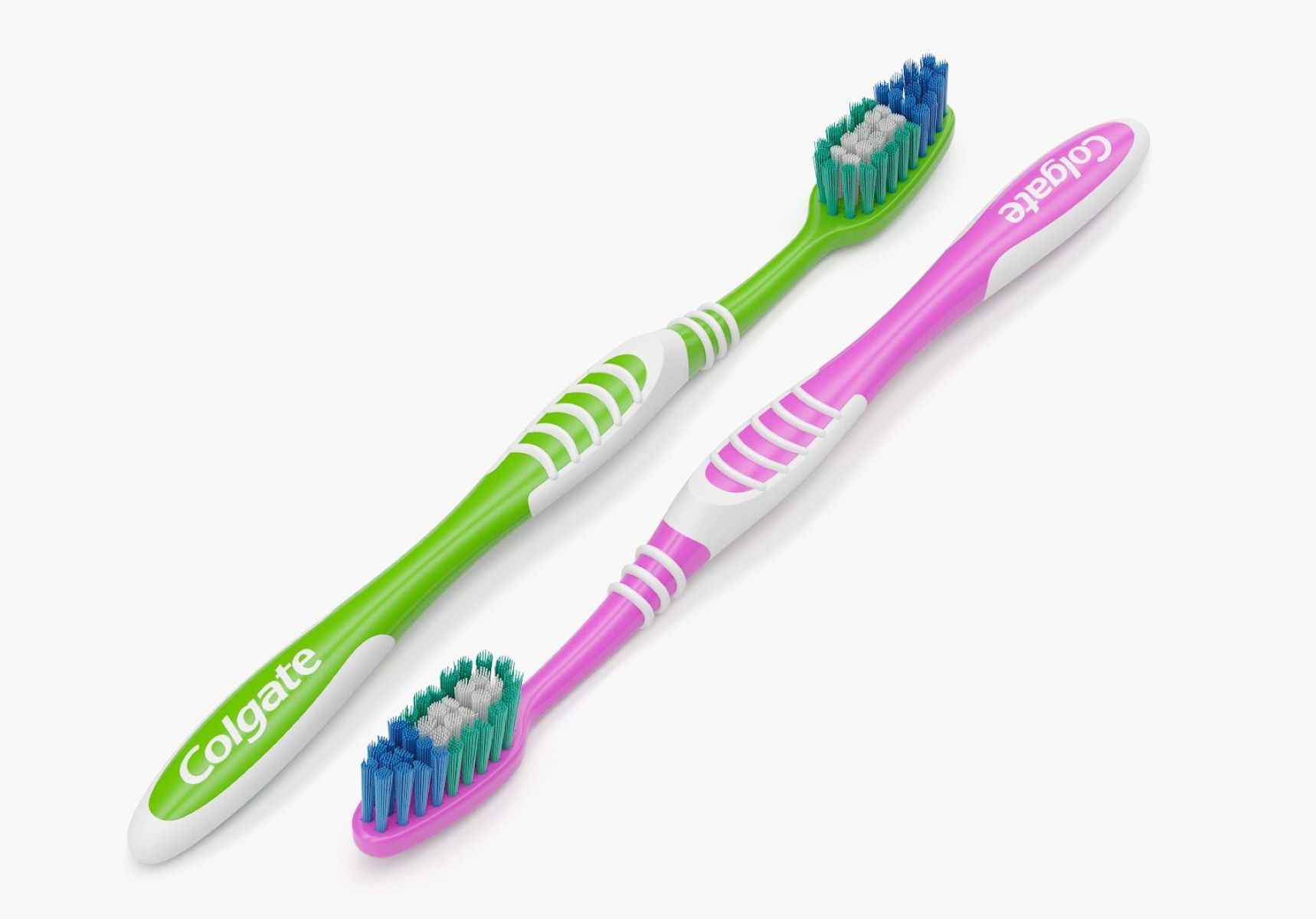
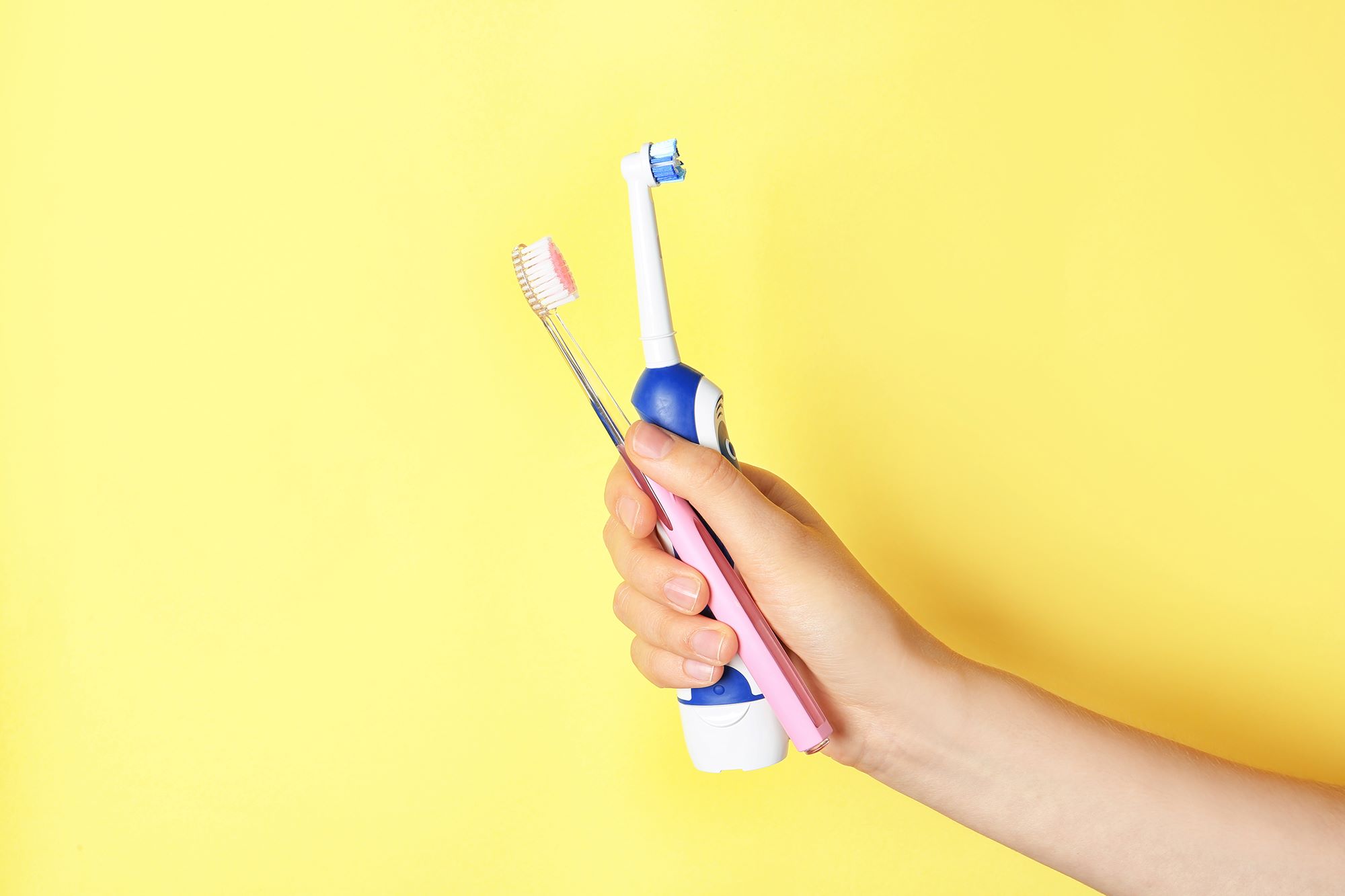
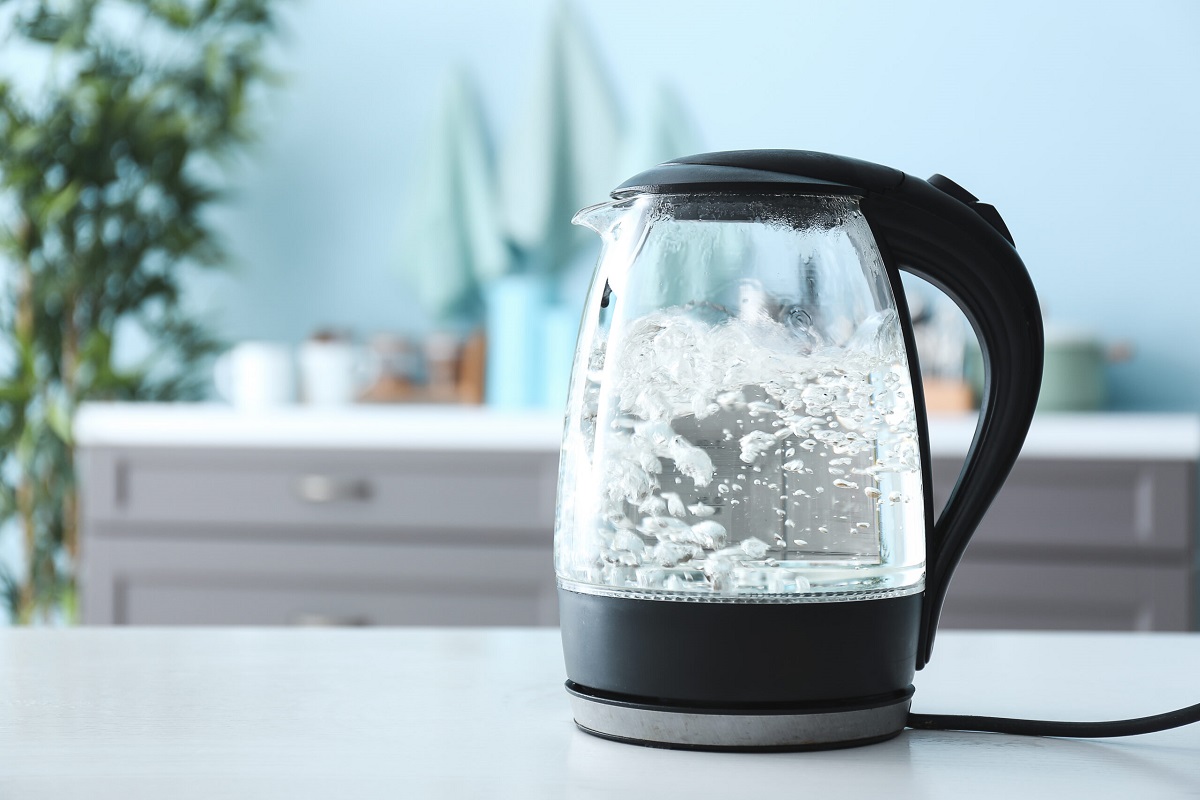
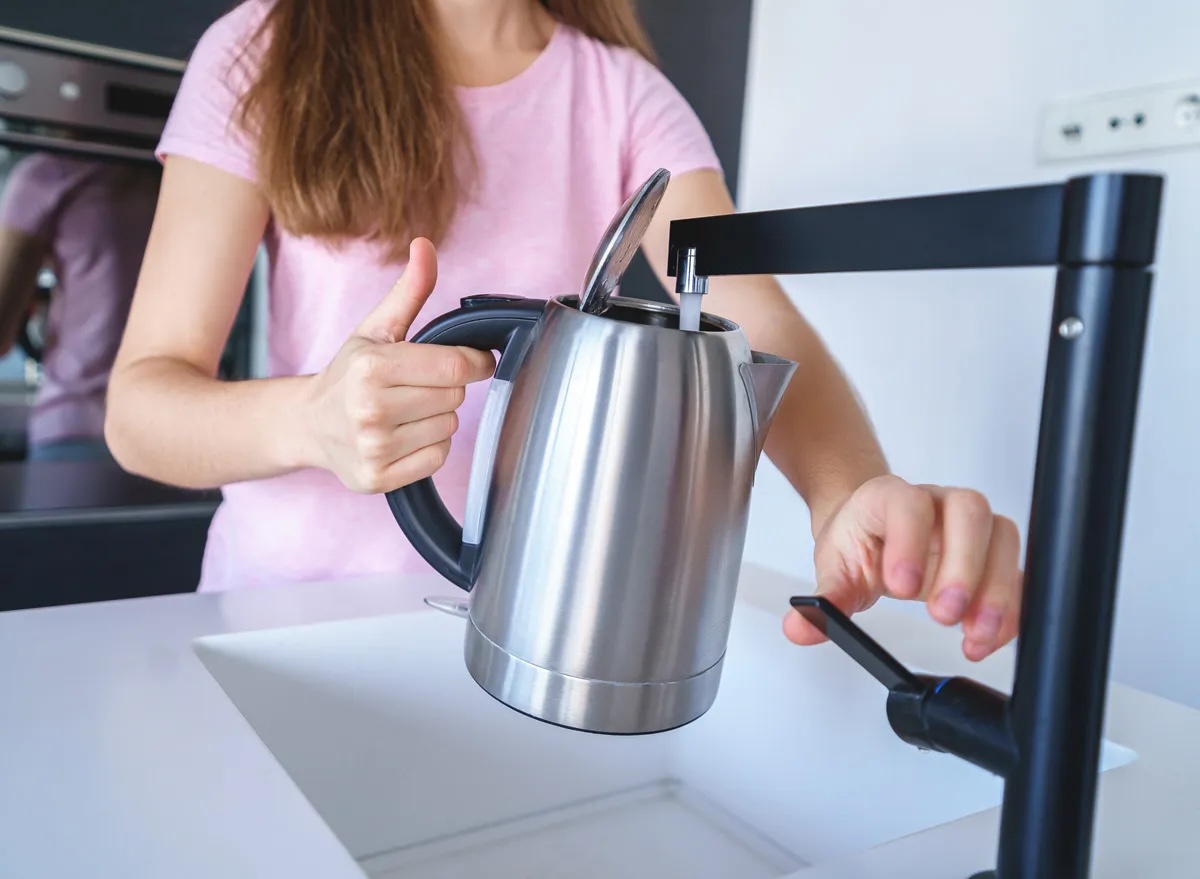
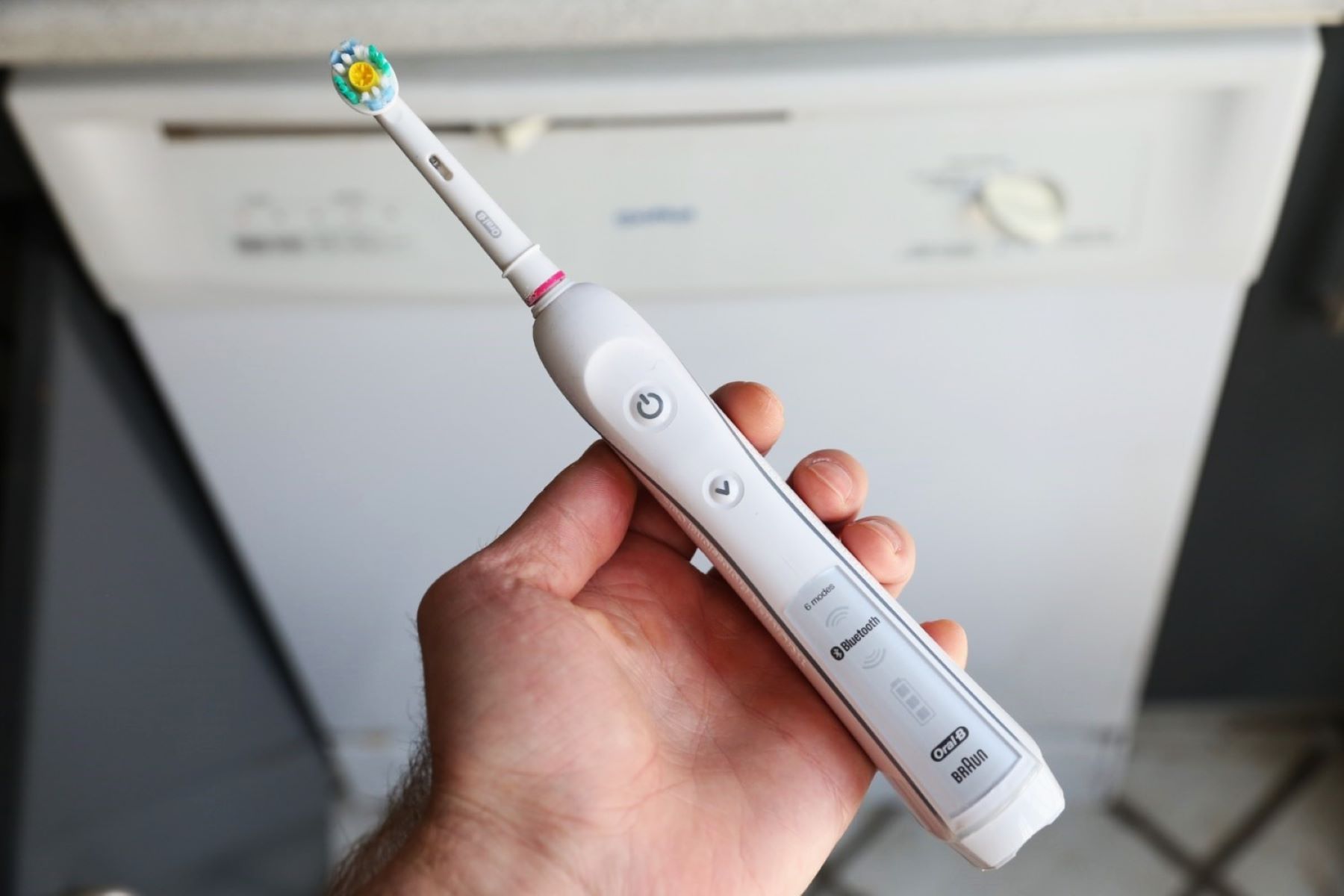

0 thoughts on “How Long To Boil A Toothbrush To Disinfect It”